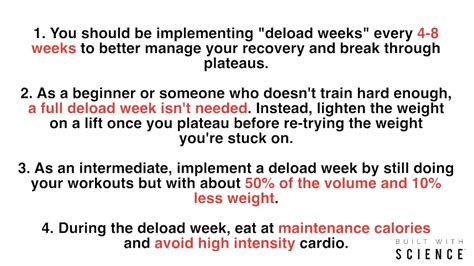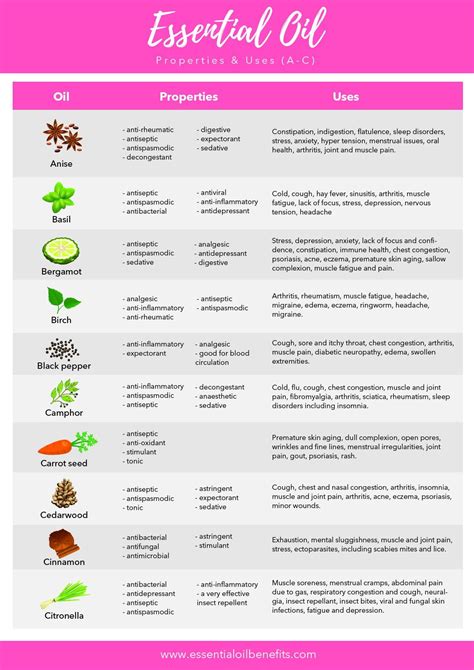How to smash strength plateaus for continuous peak muscle growth & performance?

Understanding the Strength Plateau Phenomenon
Every dedicated lifter eventually encounters the dreaded strength plateau. That moment when your progress stalls, your lifts refuse to budge, and frustration sets in. It’s a natural part of the training process, indicating that your body has adapted to the current stimulus. To continue building muscle and enhancing performance, you must introduce new challenges and intelligently manipulate your training variables. Smashing through these plateaus isn’t about working harder; it’s about working smarter.

1. Master Advanced Progressive Overload Techniques
Progressive overload is the cornerstone of strength and muscle gain, but it goes beyond simply adding more weight. When direct weight increments fail, advanced techniques become crucial:
- Micro-loading: Instead of jumping by 5-10 lbs, try adding 1-2.5 lbs. Smaller increments can keep progress moving when larger jumps are impossible.
- Increasing Reps/Sets: If you can’t add weight, try squeezing out an extra rep or adding an entire set while maintaining good form.
- Decreasing Rest Times: Shortening rest periods between sets increases training density and intensity, challenging your cardiovascular system and muscles differently.
- Increasing Time Under Tension (TUT): Slow down the eccentric (lowering) phase of your lifts, or pause at the point of greatest tension. This enhances muscle damage and metabolic stress, key drivers of hypertrophy.
- Advanced Intensity Techniques: Periodically incorporate drop sets, rest-pause sets, supersets, or forced reps to push past momentary muscular failure.
2. Strategic Deloads and Periodization
Often, a plateau isn’t a sign of weakness, but a sign of accumulated fatigue. Your central nervous system, joints, and muscles need a break to recover and supercompensate.
- Deload Weeks: Every 4-8 weeks, implement a deload week where you reduce training volume (sets/reps) and/or intensity (weight) by 40-60%. This allows your body to recover fully and often results in a surge of strength upon returning to heavy training.
- Periodization: Structure your training into distinct phases.
- Linear Periodization: Gradually increase intensity and decrease volume over a training cycle (e.g., 4 weeks of high reps, 4 weeks of moderate reps, 4 weeks of low reps).
- Undulating Periodization (Daily/Weekly): Vary rep ranges and intensity more frequently (e.g., heavy day, moderate day, light day within the same week). This keeps the body guessing and prevents adaptation to a single stimulus.
- Block Periodization: Focus on specific qualities for several weeks (e.g., a hypertrophy block, followed by a strength block, then a power block).

3. Optimize Your Nutrition & Hydration
You can’t build a skyscraper without bricks. Your body needs adequate fuel and building blocks to repair and grow stronger.
- Caloric Intake: Ensure you are in a slight caloric surplus if your primary goal is muscle growth. Even at maintenance, consistent performance can be challenging.
- Protein Intake: Aim for 0.7-1 gram of protein per pound of body weight daily to support muscle repair and synthesis.
- Carbohydrates: These are your primary fuel source for intense workouts. Ensure sufficient intake, especially around your training window.
- Healthy Fats: Crucial for hormone production, including testosterone, which is vital for strength and muscle growth.
- Hydration: Dehydration significantly impairs strength and performance. Drink plenty of water throughout the day.

4. Prioritize Recovery and Sleep
Muscles don’t grow in the gym; they grow and repair during recovery, especially sleep.
- Quality Sleep: Aim for 7-9 hours of quality sleep per night. During deep sleep, growth hormone is released, and muscle protein synthesis is optimized.
- Active Recovery: Light cardio, stretching, foam rolling, or massage can help improve blood flow, reduce muscle soreness, and accelerate recovery.
- Stress Management: Chronic stress elevates cortisol, a catabolic hormone that can hinder muscle growth and recovery. Incorporate stress-reducing activities into your routine.

5. Vary Your Training Stimulus
While consistency is key, a bit of variation can prevent adaptation and reignite progress.
- Exercise Selection: Rotate your main lifts or introduce variations. If your barbell bench press is stalled, try dumbbell bench, incline press, or floor press for a few weeks.
- Rep Ranges: Don’t always stick to 8-12 reps. Experiment with lower reps (3-6) for strength blocks and higher reps (15-20) for hypertrophy and endurance blocks.
- Training Frequency: If you’re hitting a body part once a week, try twice a week, or vice versa. More frequent exposure can sometimes stimulate new growth.
- Mind-Muscle Connection: Focus on really feeling the target muscle work during each rep, rather than just moving the weight.

Conclusion
Strength plateaus are an inevitable part of the fitness journey, but they are not insurmountable. By strategically employing advanced progressive overload techniques, implementing smart deloads and periodization, optimizing your nutrition and recovery, and wisely varying your training, you can consistently break through these barriers. Remember, consistency, patience, and a willingness to adapt your approach are your most powerful tools for continuous peak muscle growth and performance.









